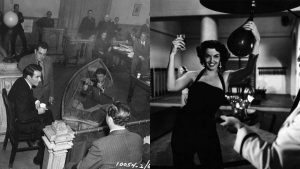Fascinating Stories About The Cold War
The Cold War was a period packed with tension, espionage, and unexpected twists. Unlike other conflicts, it was a war of ideologies rather than direct military engagement.
From clandestine spy operations to cultural exchanges, the Cold War had its fair share of unusual and fascinating stories. Strap in as we delve into some of the most captivating tales from this era, where the world teetered on the brink of change and history was written in the shadows.
The Berlin Candy Bomber: Sweetening the Skies
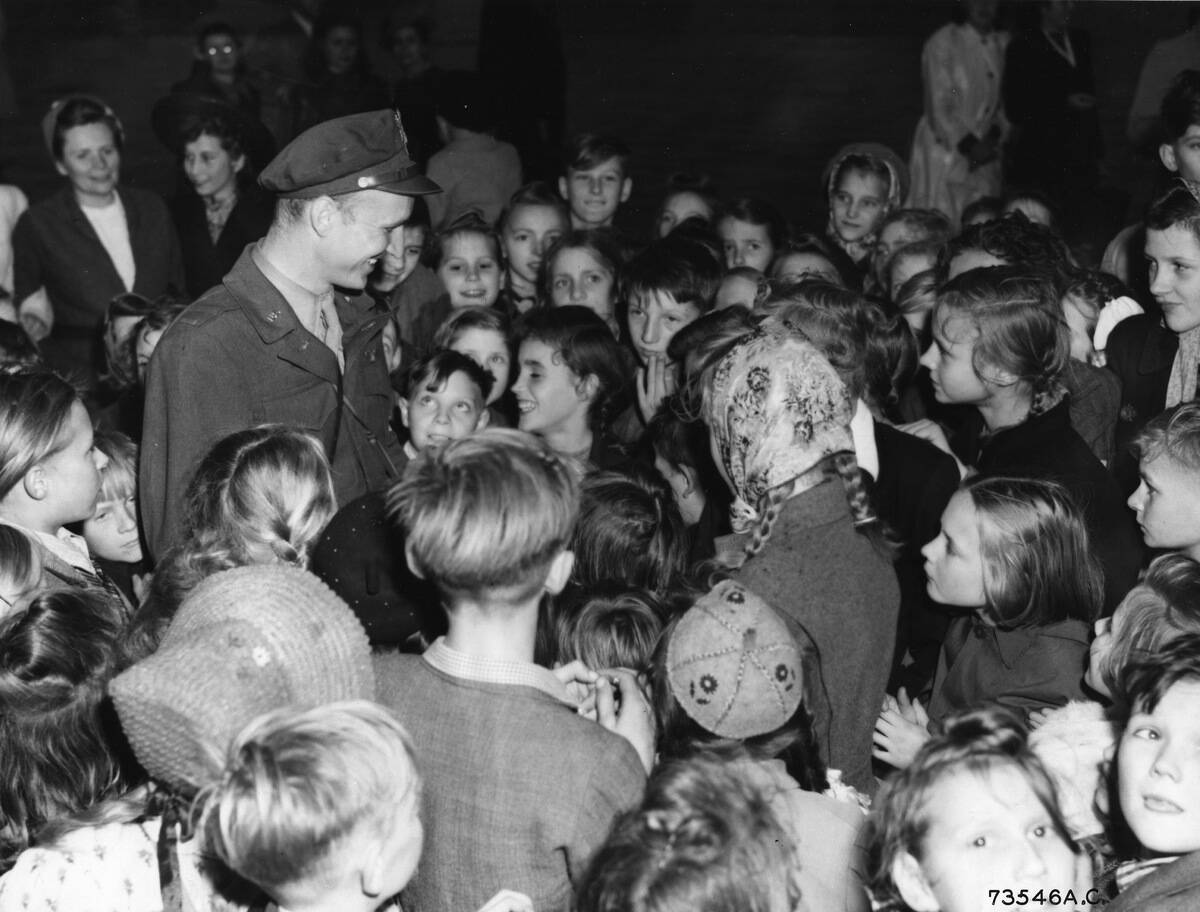
In a heartwarming chapter of post-war history, U.S. pilot Gail Halvorsen became famous as the “Candy Bomber.” During the Berlin Airlift of 1948-1949, he dropped candy attached to parachutes for the children of Berlin.
This gesture of goodwill provided much-needed cheer amidst the harsh realities of Soviet blockades. The operation, known as “Operation Little Vittles,” saw more than 23 tons of candy delivered, symbolizing hope and kindness in a divided city.
The Kitchen Debate: When Appliances Became Political
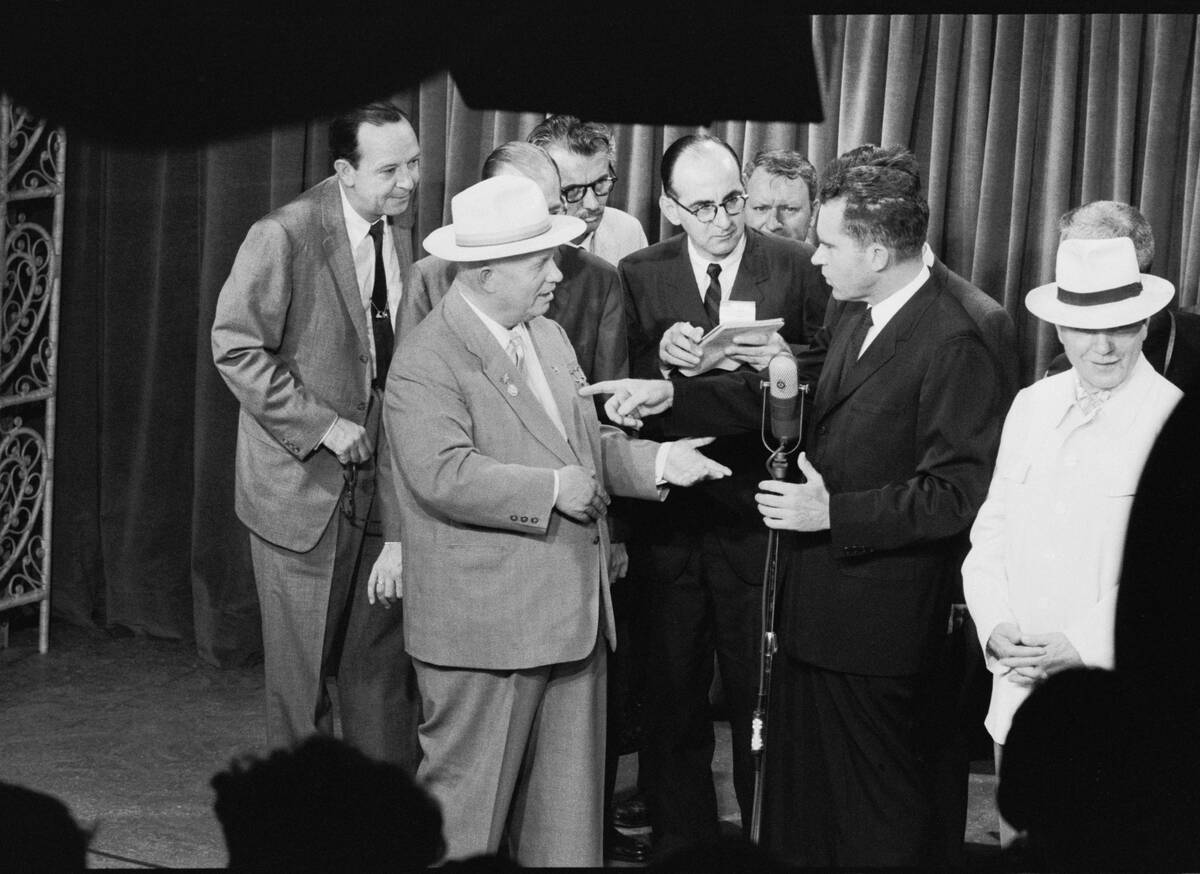
In 1959, the American National Exhibition in Moscow became the unlikely stage for a political showdown known as the “Kitchen Debate.” Vice President Richard Nixon and Soviet Premier Nikita Khrushchev engaged in a spirited exchange over the merits of their respective countries’ technological advancements, with the first of these debates taking place next to a model American kitchen.
This debate highlighted the ideological clash between capitalism and communism, as even household appliances became symbols of national pride and progress.
Operation Gold: The Spy Tunnel Beneath Berlin
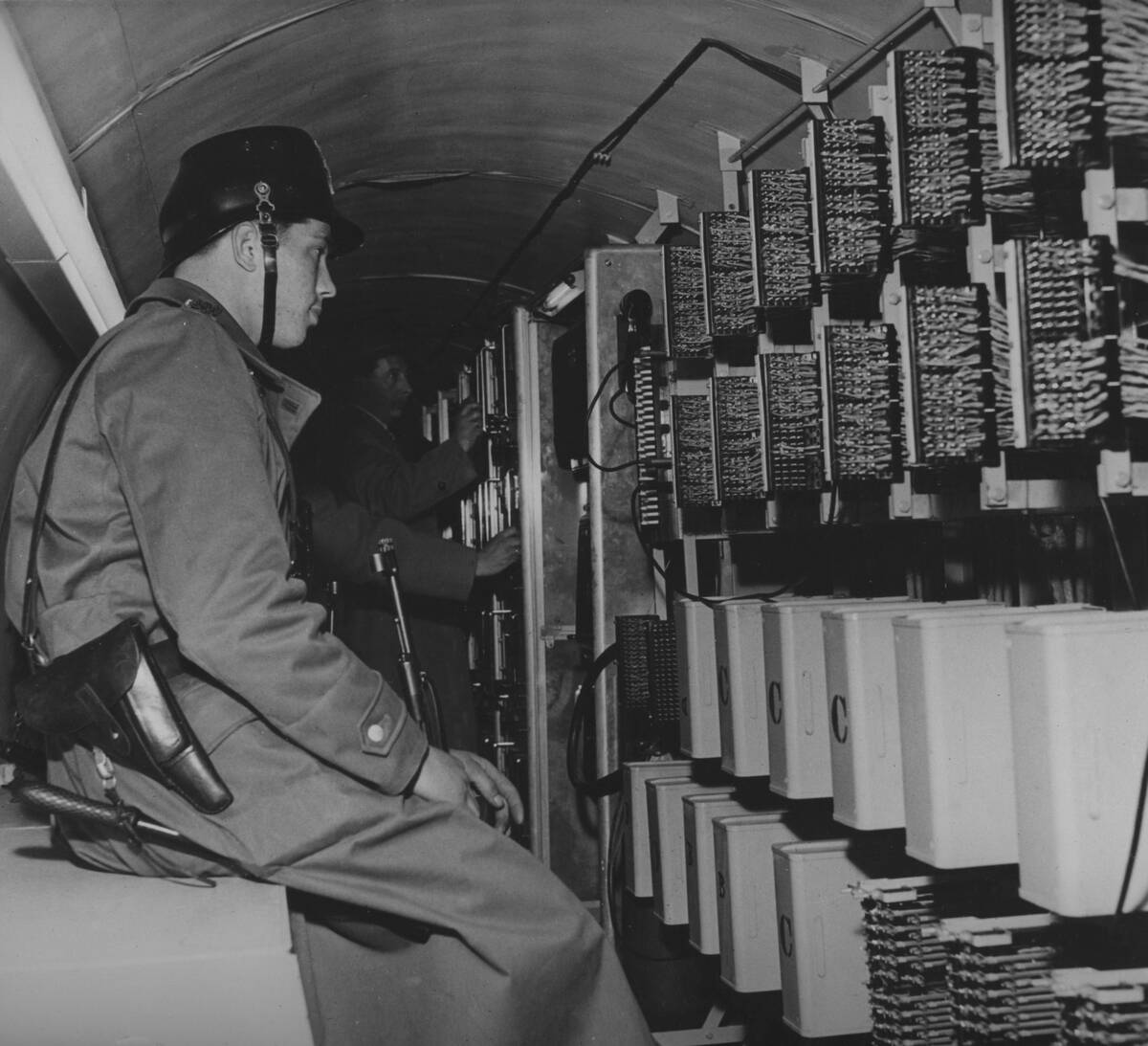
Operation Gold was a top-secret mission by the CIA and British Intelligence to tap into Soviet communication lines in East Berlin. In 1954, they started digging a tunnel under the divided city to intercept Soviet military transmissions.
Although the operation was compromised by a Soviet mole, it provided valuable intelligence for a time. The discovery of the tunnel in 1956 caused a diplomatic stir, yet it remains a testament to the lengths each side went to during this covert conflict.
The Space Race: To the Moon and Beyond
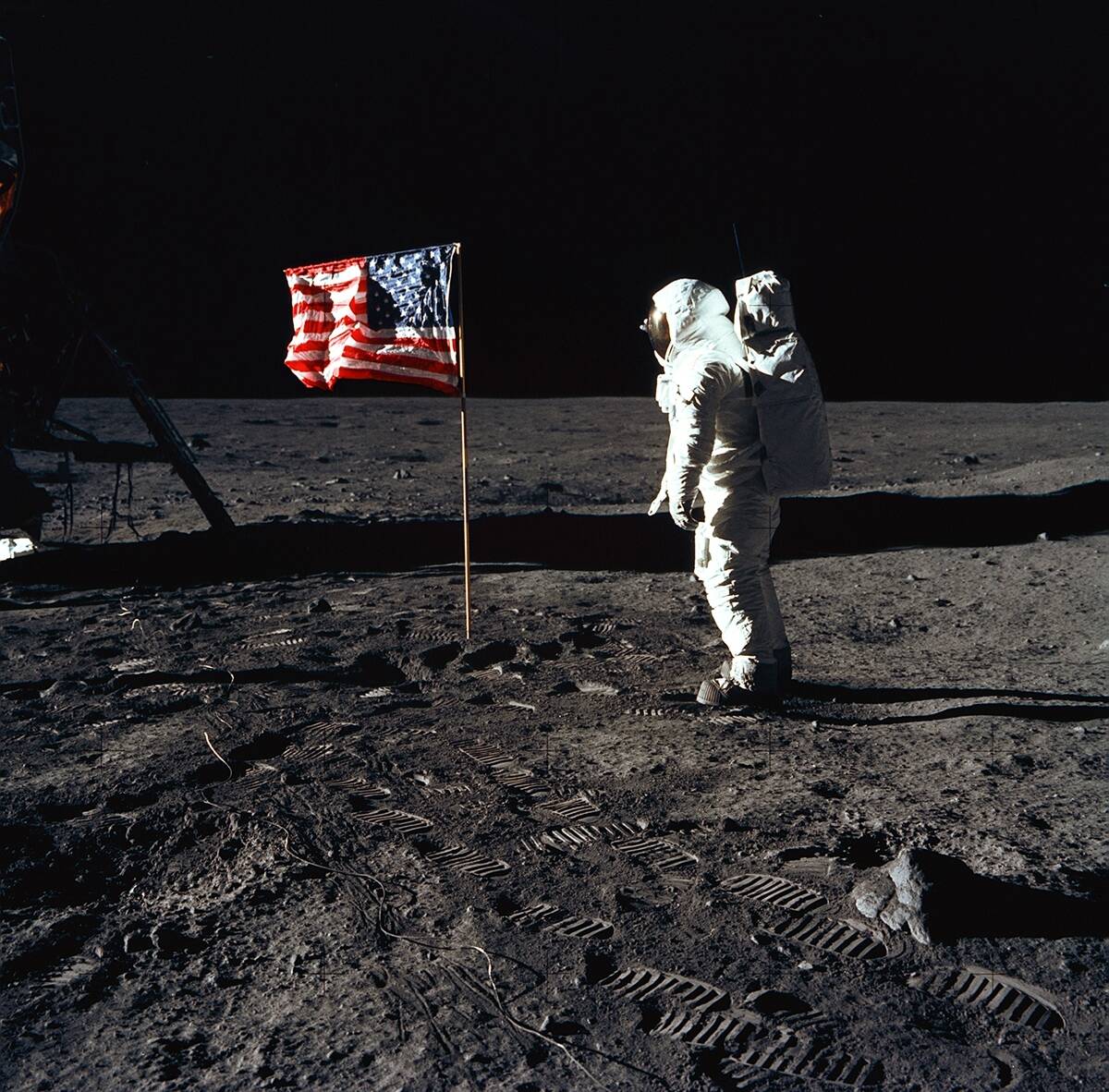
The Cold War era saw the United States and the Soviet Union locked in a race to conquer space. This rivalry led to remarkable achievements, including the Soviet launch of Sputnik in 1957 and the historic Apollo 11 moon landing in 1969 by the United States.
These milestones weren’t just about technological prowess; they were emblematic of the ideological battle for superiority. The Space Race inspired generations and pushed humanity to explore beyond the confines of Earth.
The Cuban Missile Crisis: A Near Miss with History
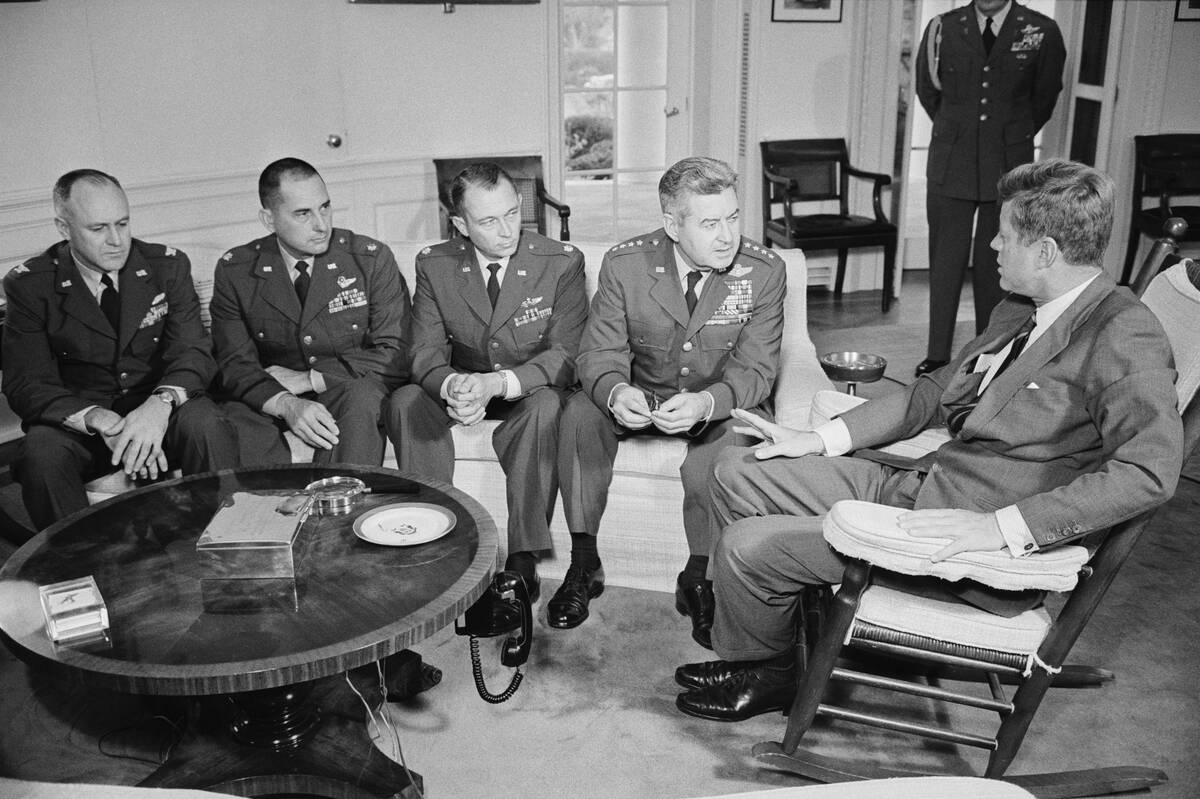
The Cuban Missile Crisis of 1962 brought the world precariously close to nuclear war. When the Soviet Union placed nuclear missiles in Cuba, just 90 miles from U.S. shores, tensions skyrocketed.
After a tense 13-day standoff, President Kennedy and Premier Khrushchev reached a resolution, with the Soviets agreeing to remove the missiles. This crisis was a stark reminder of the potential for disaster and underscored the necessity of diplomacy during the Cold War.
Radio Free Europe: Broadcasting Hope Behind the Iron Curtain
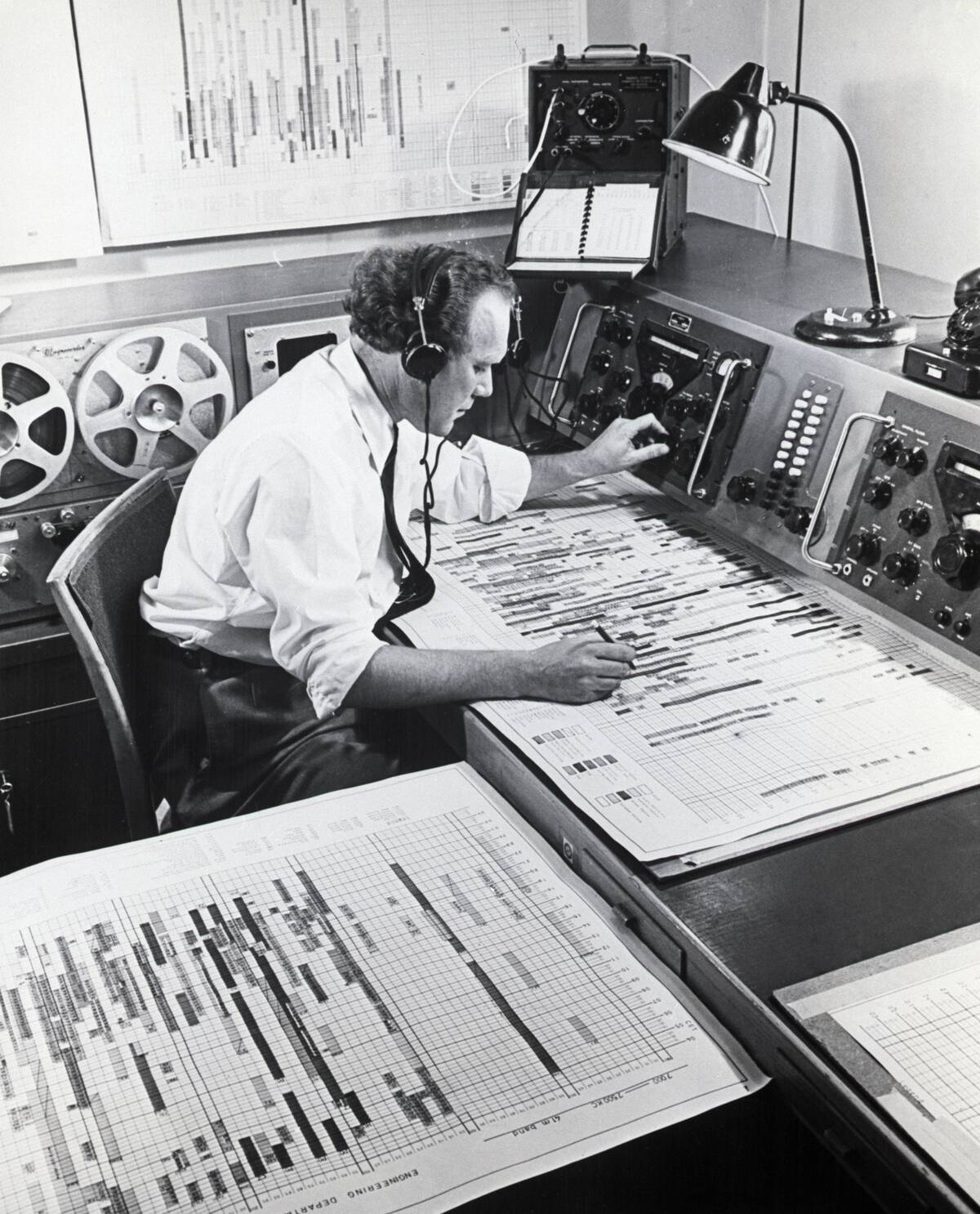
Radio Free Europe played a crucial role in broadcasting news and hope to people living behind the Iron Curtain. Established in 1949, it aimed to counter Soviet propaganda by providing uncensored information.
Despite attempts by Eastern Bloc governments to jam its signal, Radio Free Europe became a lifeline for millions yearning for freedom and truth. It demonstrated the power of information as a tool for resistance in a world divided by ideology.
Tsar Bomba: Soviet Nuclear Testing
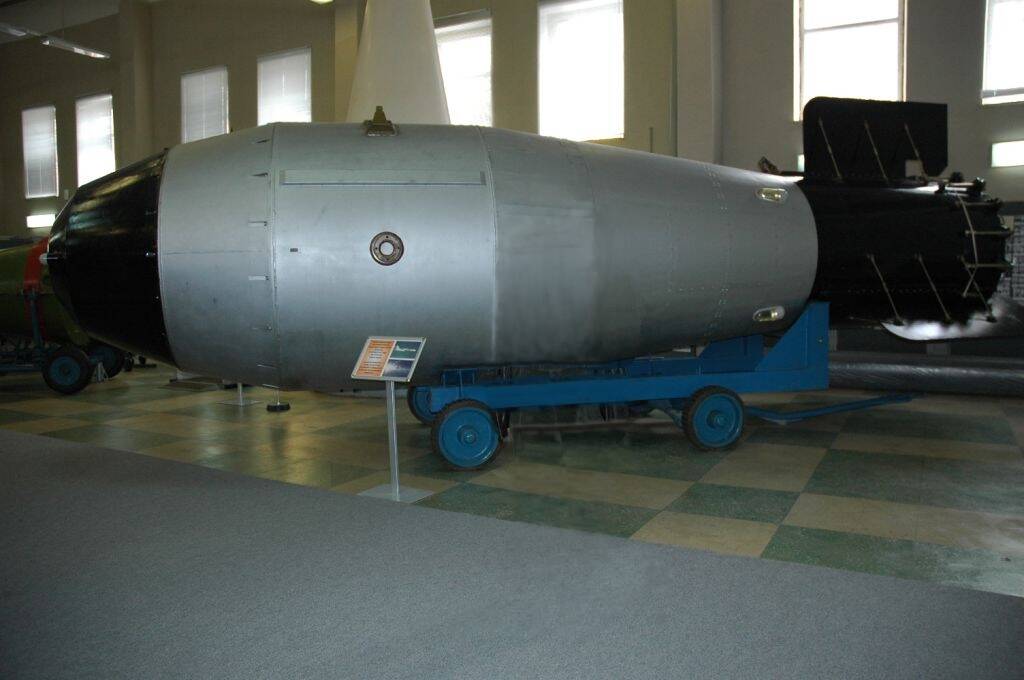
In 1961, the Soviet Union detonated the Tsar Bomba, the most powerful nuclear weapon ever tested, with a yield of 50 megatons. The test was a display of military might and a chilling reminder of the destructive potential of nuclear weapons.
The explosion was visible from over 620 miles away and shook the ground with unprecedented force. This test highlighted the terrifying capabilities of the nuclear arms race during the Cold War.
The Red Scare: Hollywood’s Blacklist Drama
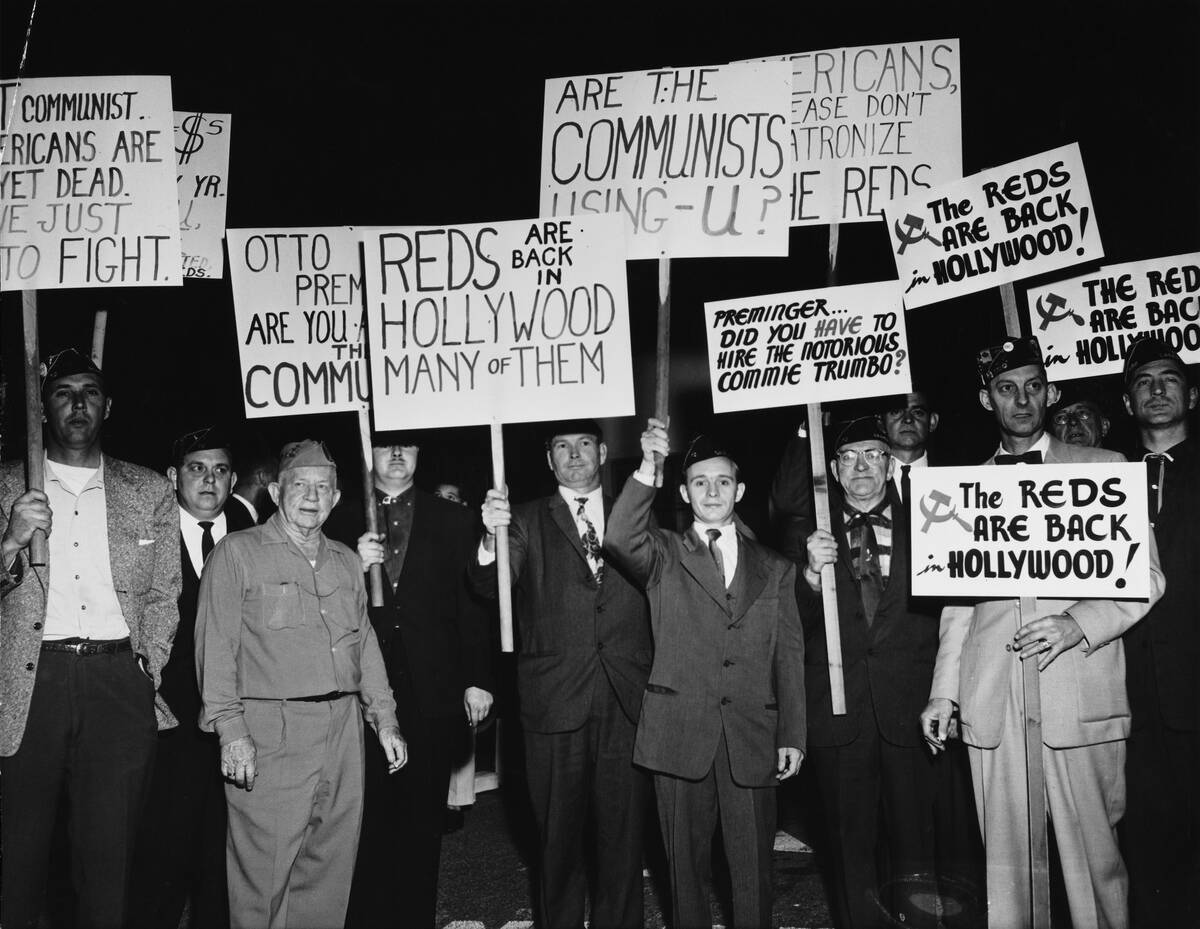
The Red Scare gripped America during the late 1940s and 1950s, leading to widespread fear of communist infiltration. Hollywood became a focal point, with the infamous blacklist targeting those suspected of communist ties.
Careers were destroyed as actors, writers, and directors were accused and barred from work. This period of fear and suspicion illustrated the intense paranoia of the era, where entertainment and politics collided in a dramatic and often personal way.
The U-2 Incident: A High-Flying Diplomatic Crisis
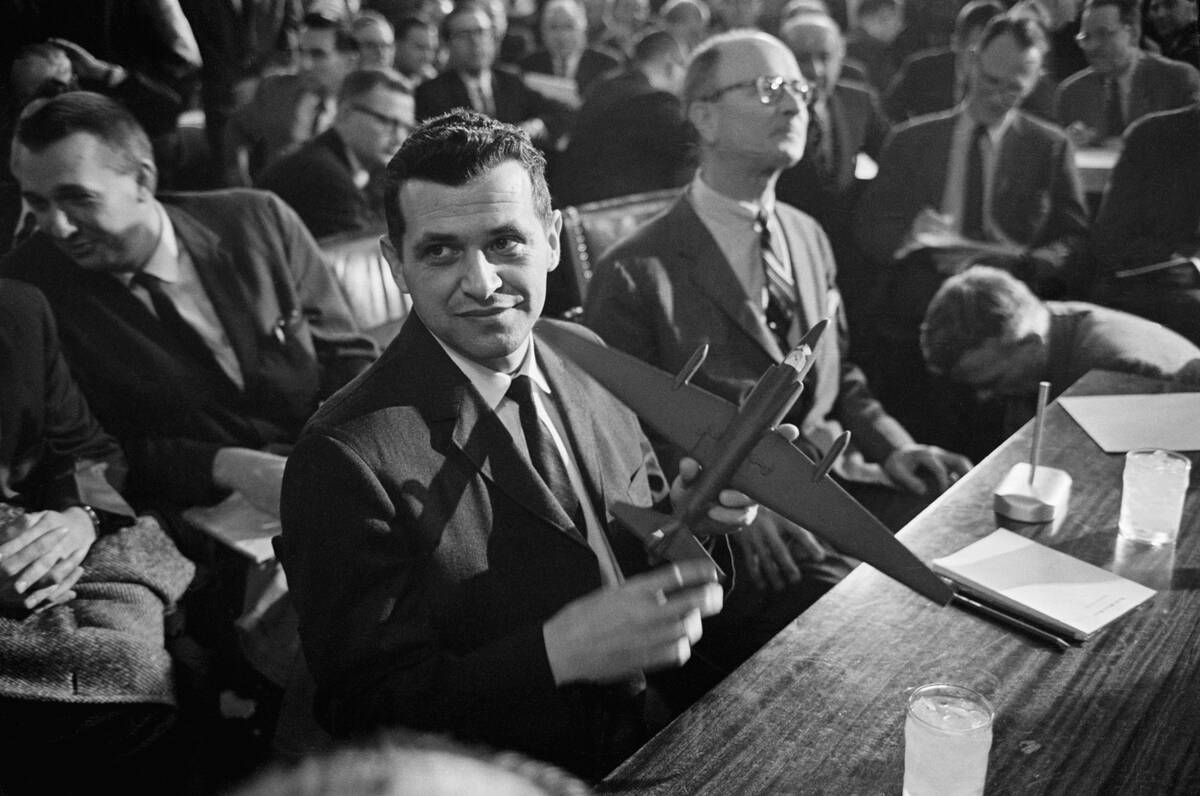
In 1960, the downing of an American U-2 spy plane over Soviet territory ignited a major diplomatic crisis. Pilot Francis Gary Powers was captured, and his plane’s wreckage displayed as evidence of American espionage.
This incident resulted in the collapse of a planned summit between Eisenhower and Khrushchev, souring U.S.-Soviet relations. The U-2 Incident exposed the risky nature of Cold War intelligence operations and the fragile nature of international diplomacy.
The Doomsday Clock: Ticking Towards Midnight
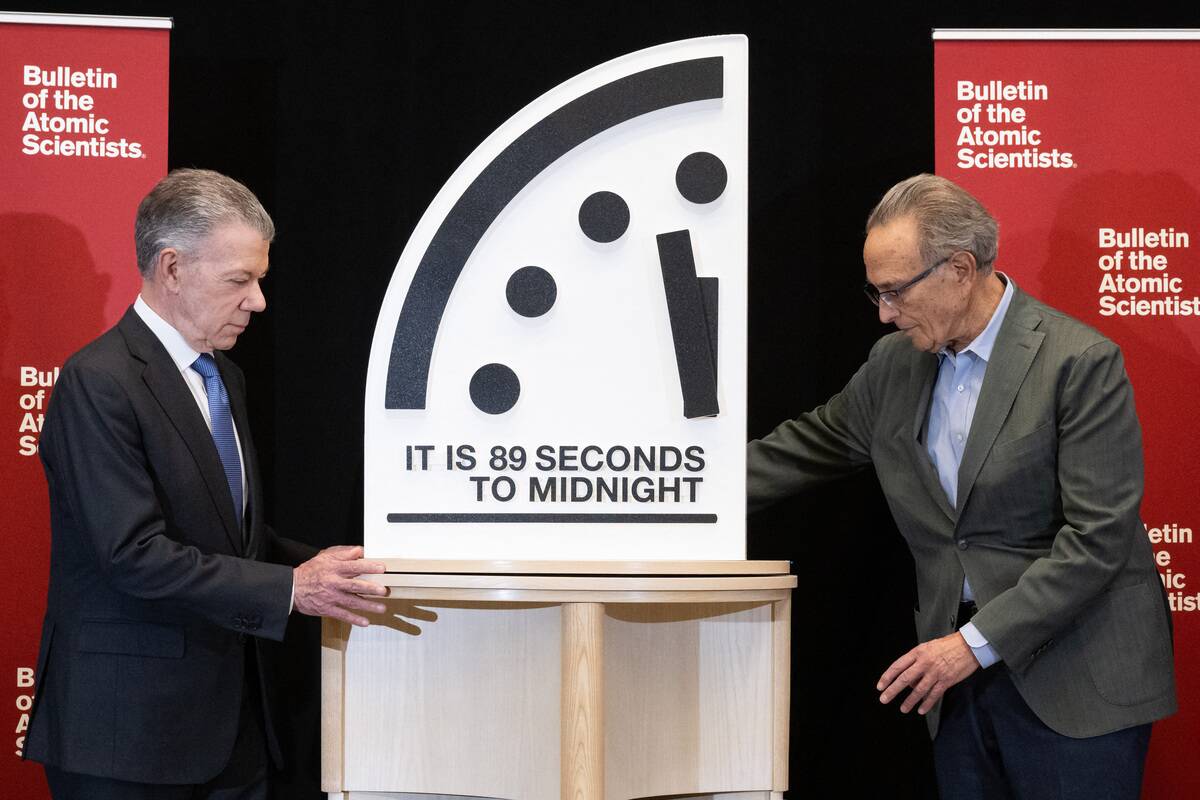
The Doomsday Clock, created by the Bulletin of the Atomic Scientists in 1947, symbolizes the likelihood of a global catastrophe. During the Cold War, the clock’s hands moved perilously close to midnight, reflecting the heightened threat of nuclear war.
The closest approach during the Cold War was in 1953, after the U.S. and Soviet Union tested thermonuclear weapons. Today, it continues to serve as a stark reminder of the ongoing threats facing humanity, from nuclear proliferation to climate change. It’s also since rivaled its 1953 nadir.
The Defection of Rudolf Nureyev: Ballet and Politics Collide
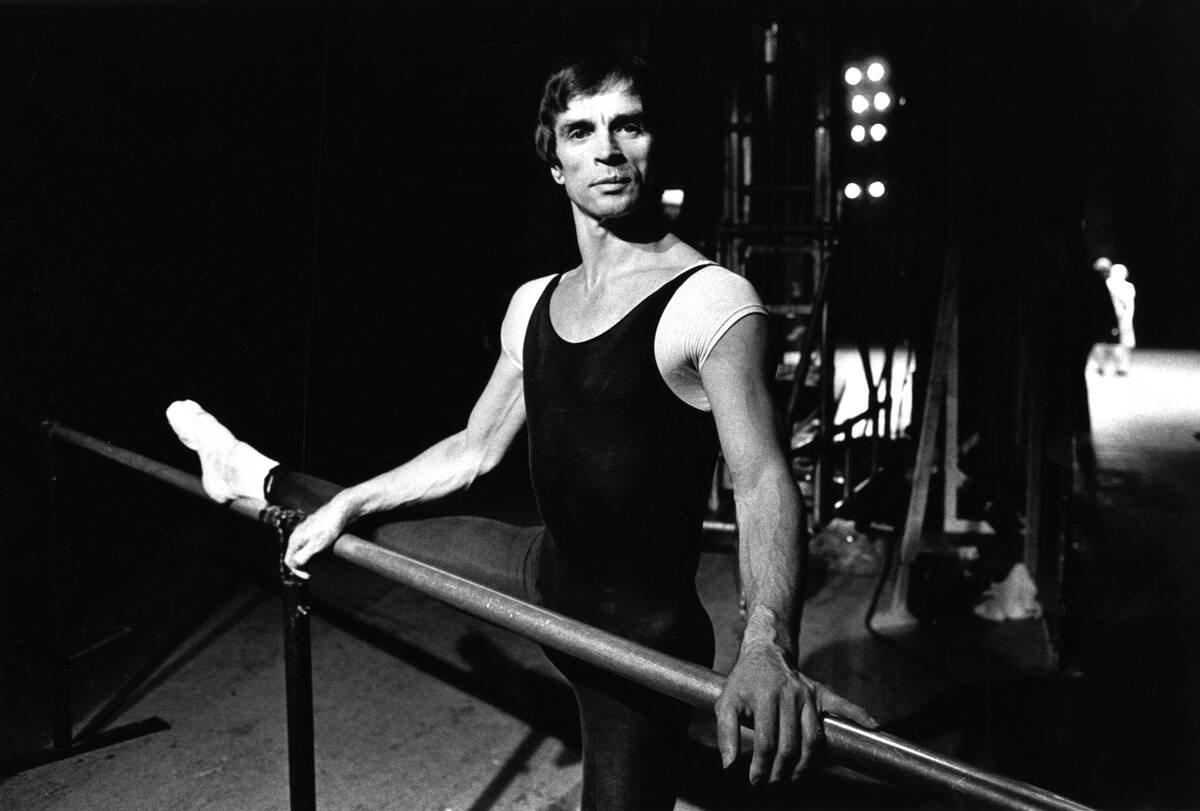
In 1961, Rudolf Nureyev, a star of the Kirov Ballet, defected to the West while on tour in Paris. His dramatic escape made headlines worldwide, as it was seen as a significant cultural and political victory for the West.
Nureyev’s defection highlighted the intersection of art and politics during the Cold War, as performers often became symbols of ideological triumph. His choice underscored the allure of freedom and the cultural tensions underlying the East-West divide.
The Role of James Bond: Fiction Meets Cold War Reality
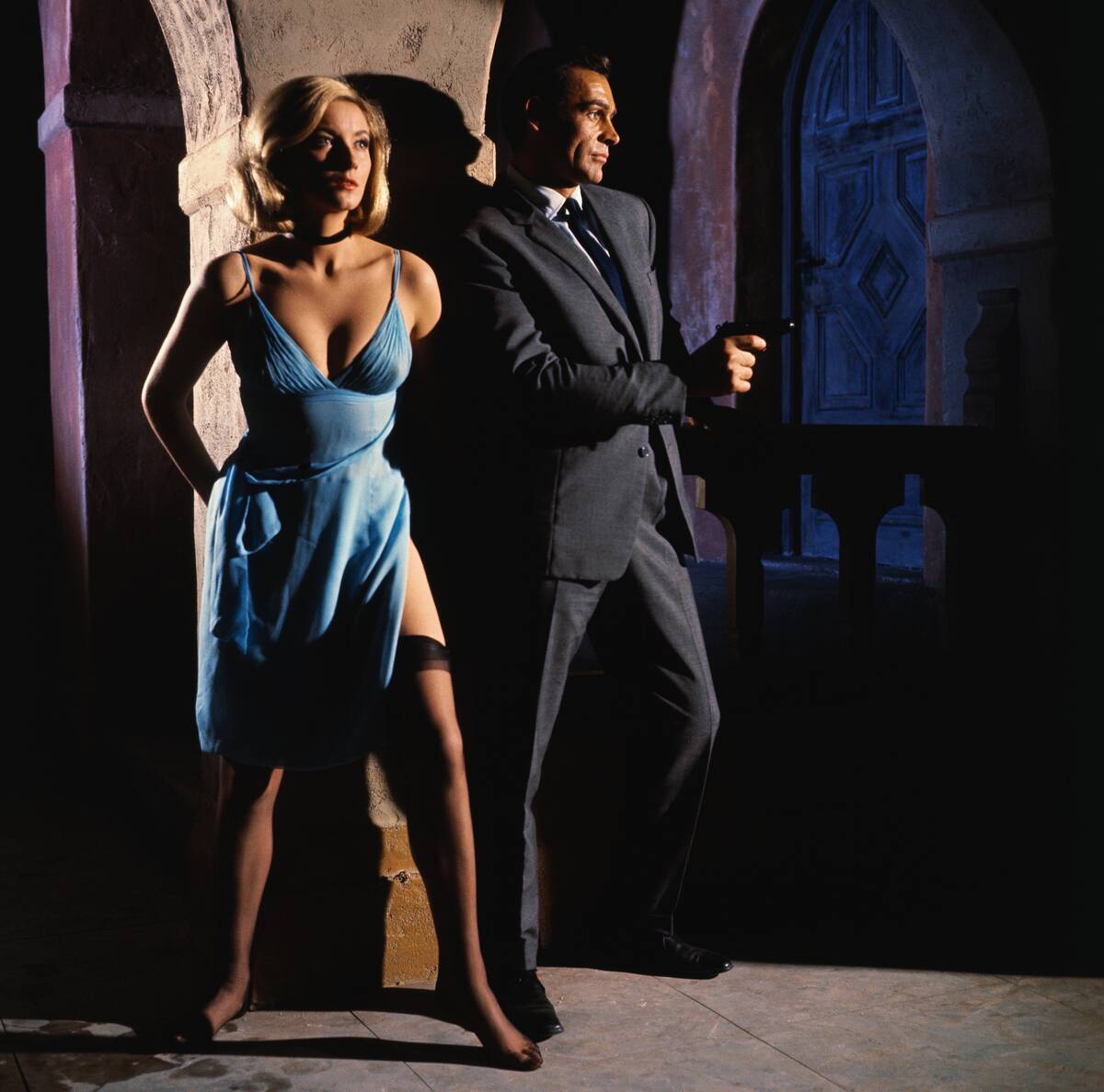
James Bond, the iconic British spy, became a cultural phenomenon during the Cold War. Ian Fleming’s creation mirrored real-world espionage tensions while providing thrilling escapism. Bond’s adventures often involved Soviet adversaries and high-stakes missions, reflecting the geopolitical landscape of the time.
The character’s popularity underscored the public’s fascination with espionage, while subtly influencing perceptions of the Cold War. James Bond remains an enduring symbol of the era’s intrigue and glamour.
The Miracle on Ice: A Hockey Game for the Ages
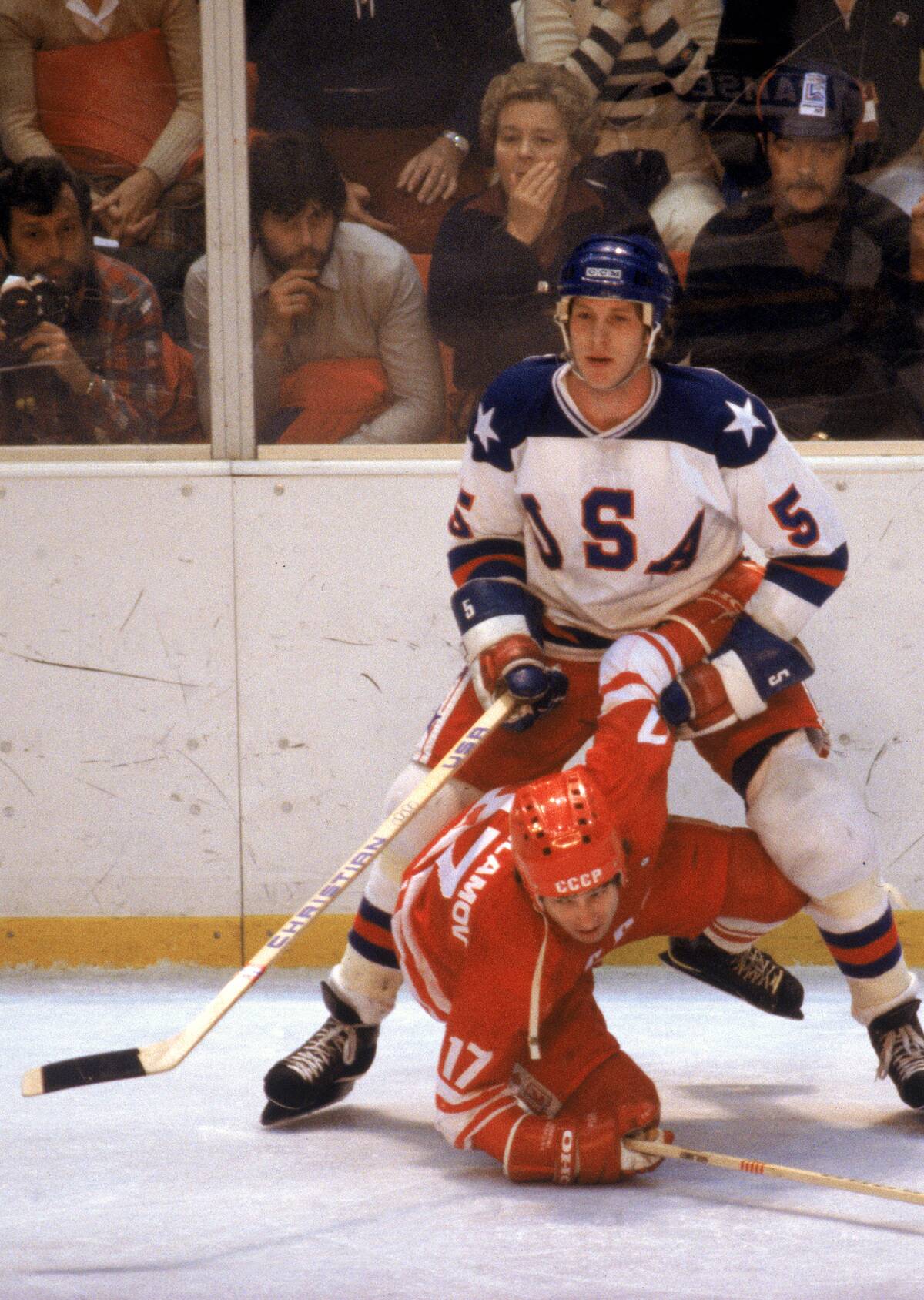
The “Miracle on Ice” refers to the unexpected victory of the U.S. men’s hockey team over the heavily favored Soviet team at the 1980 Winter Olympics. This triumph was more than just a sporting event; it was a symbolic victory during a time of heightened Cold War tensions.
The game captured the hearts of Americans and is remembered as a moment of national pride and unity. It demonstrated the power of sports to transcend politics and inspire hope.
The Fall of the Berlin Wall: A Symbolic End to an Era
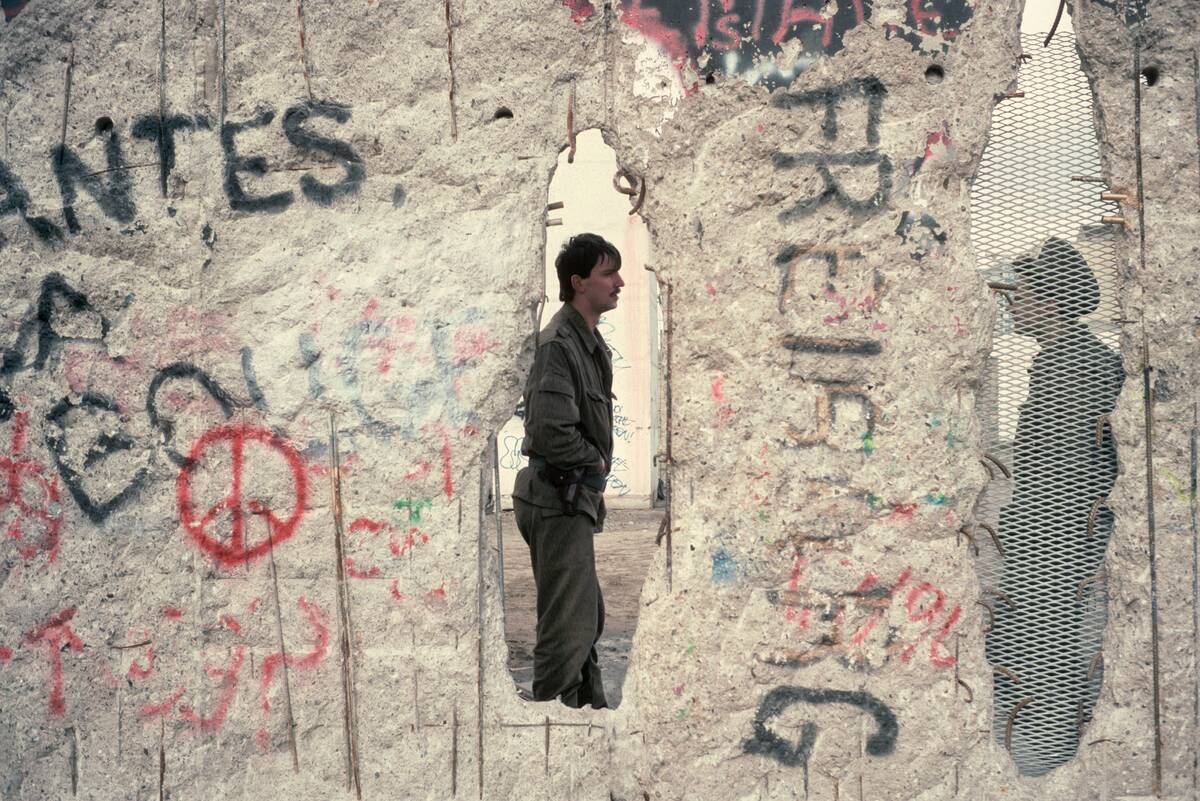
The fall of the Berlin Wall in 1989 marked a turning point in history, symbolizing the end of the Cold War. For nearly three decades, the Wall had divided East and West Berlin, representing the broader ideological divide between communism and capitalism.
Its destruction was a powerful moment of liberation and reunification for Germany and the world. This event signaled the collapse of Soviet influence in Eastern Europe and the dawn of a new era of freedom and cooperation.



